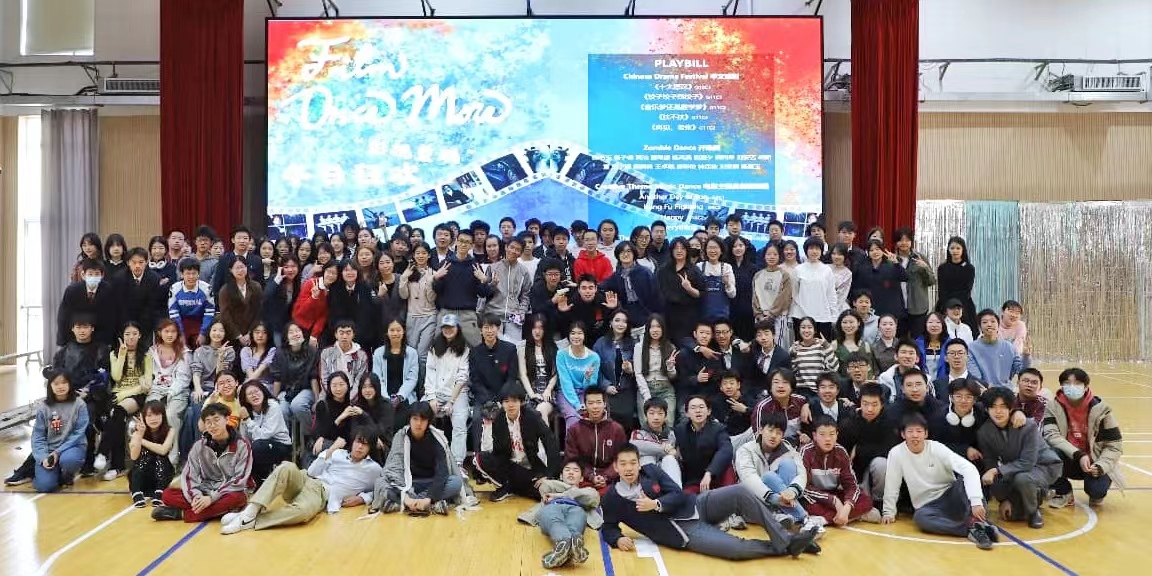The Worlds I See: A Human Touch Behind Technologies

Repost from Lin’s Blog
The Worlds I See, the memoir of Dr. Li Fei-Fei, one of the leaders in this era of artificial intelligence known for establishing ImageNet, is a masterfully interwoven narrative of the human behind what we know as artificial intelligence nowadays. She weaves together technology and her personal life in such an inspiring way that it deeply resonates with me.









